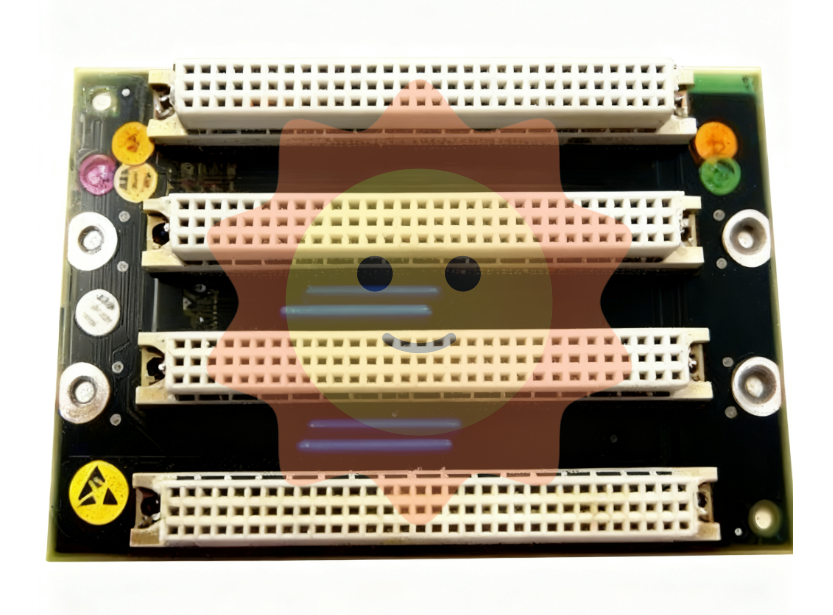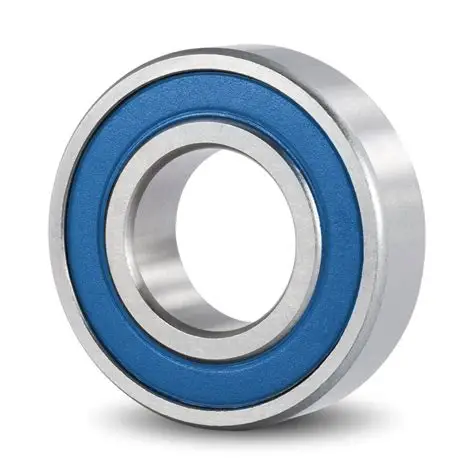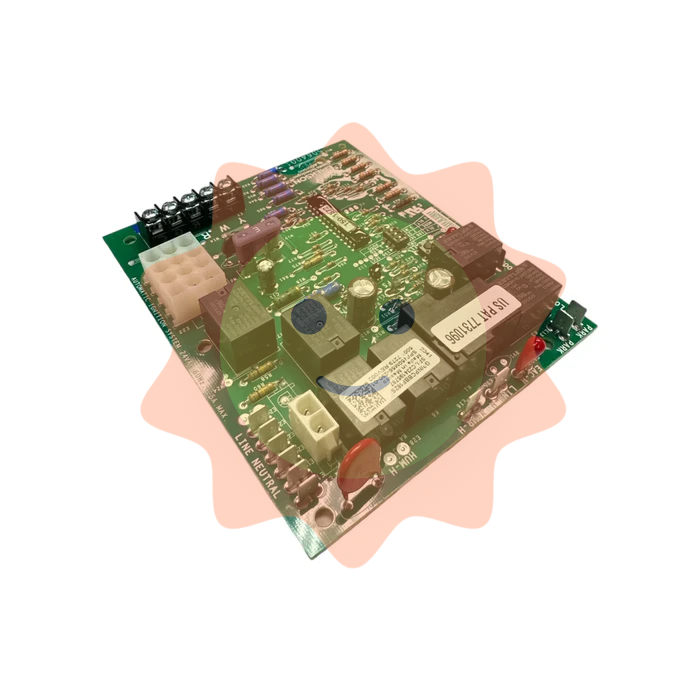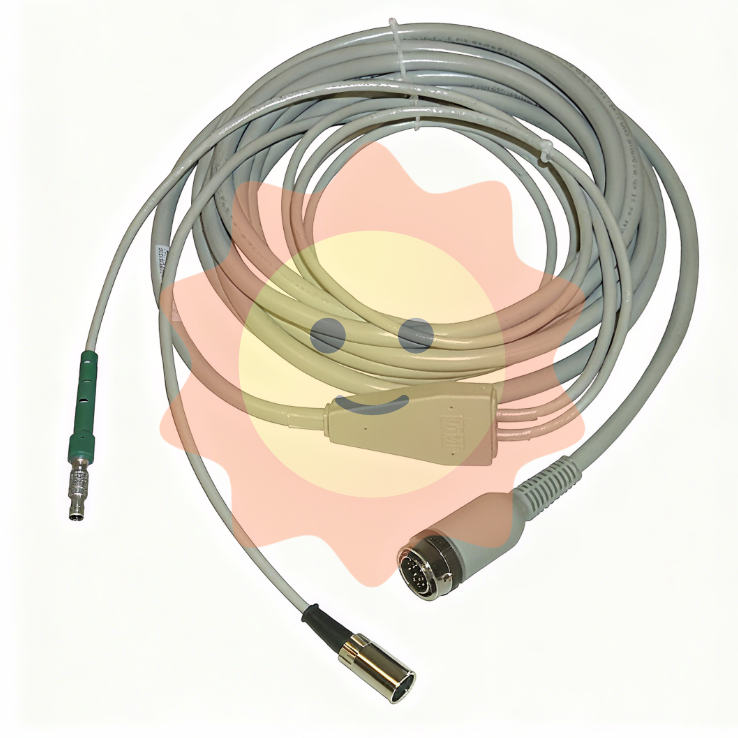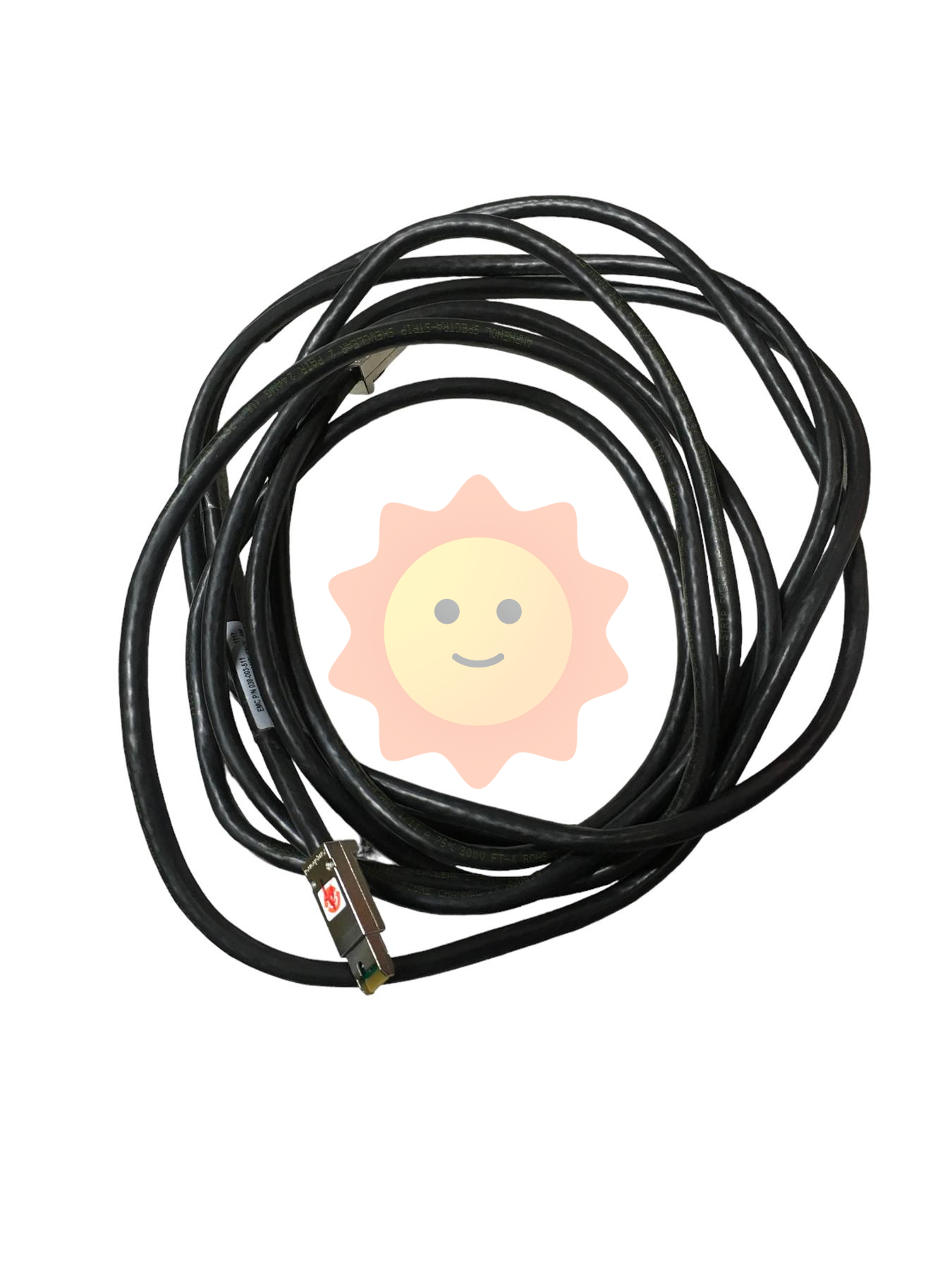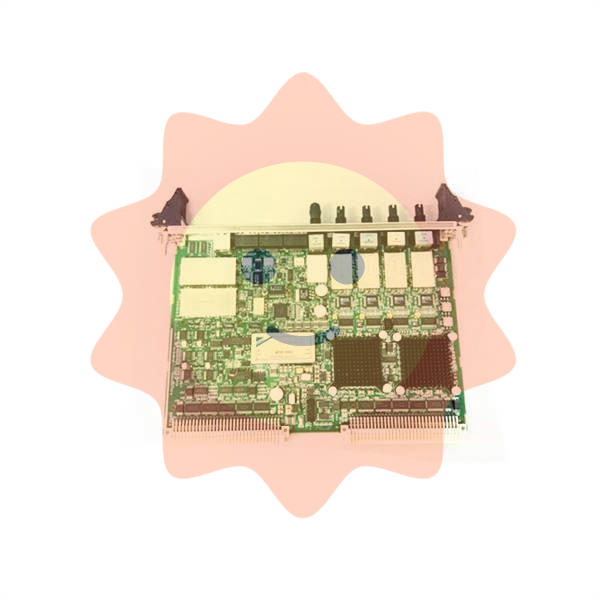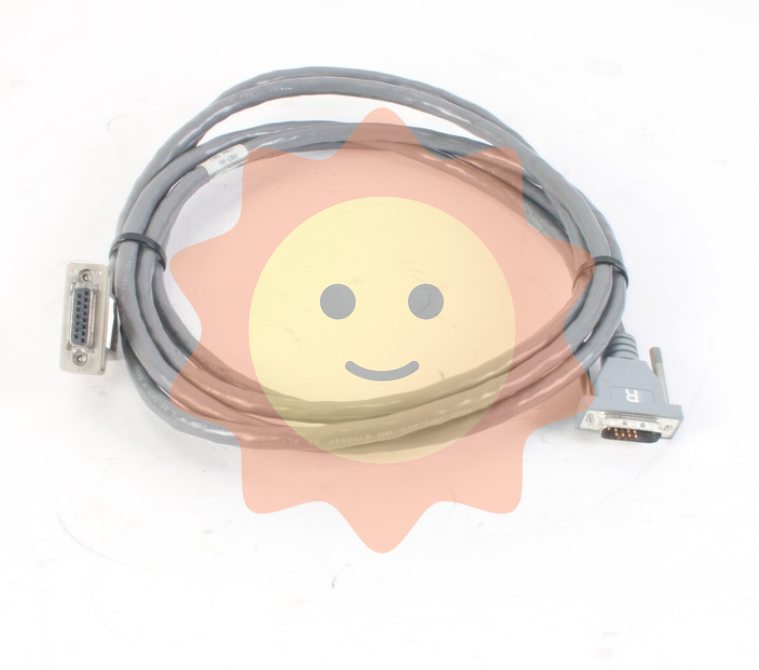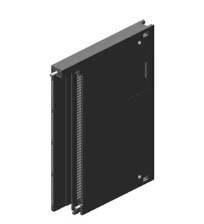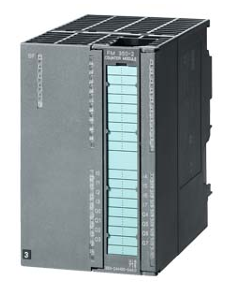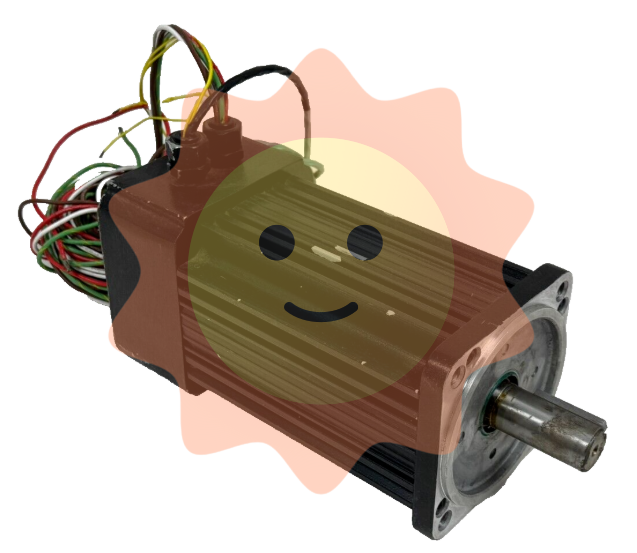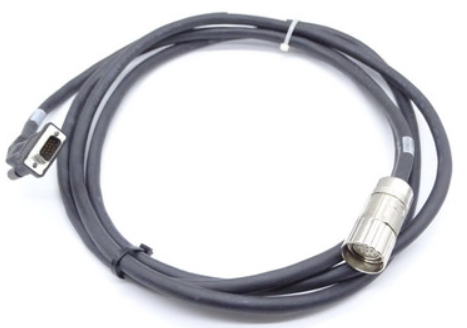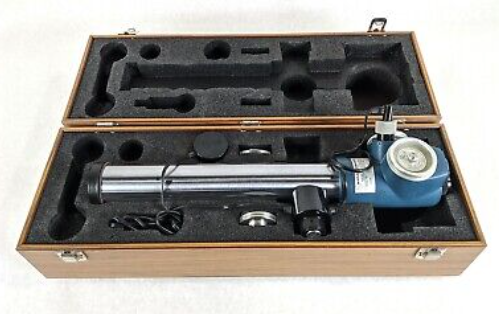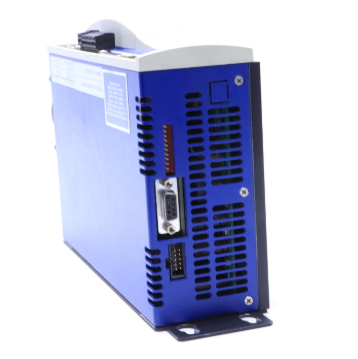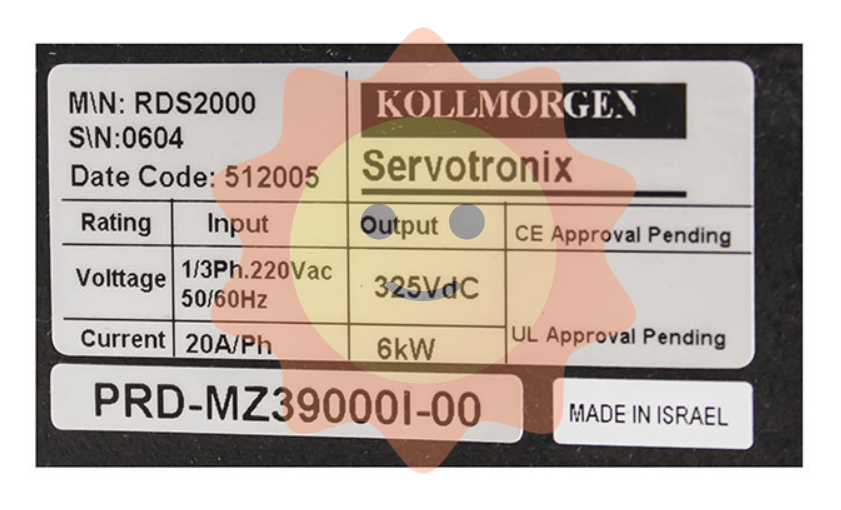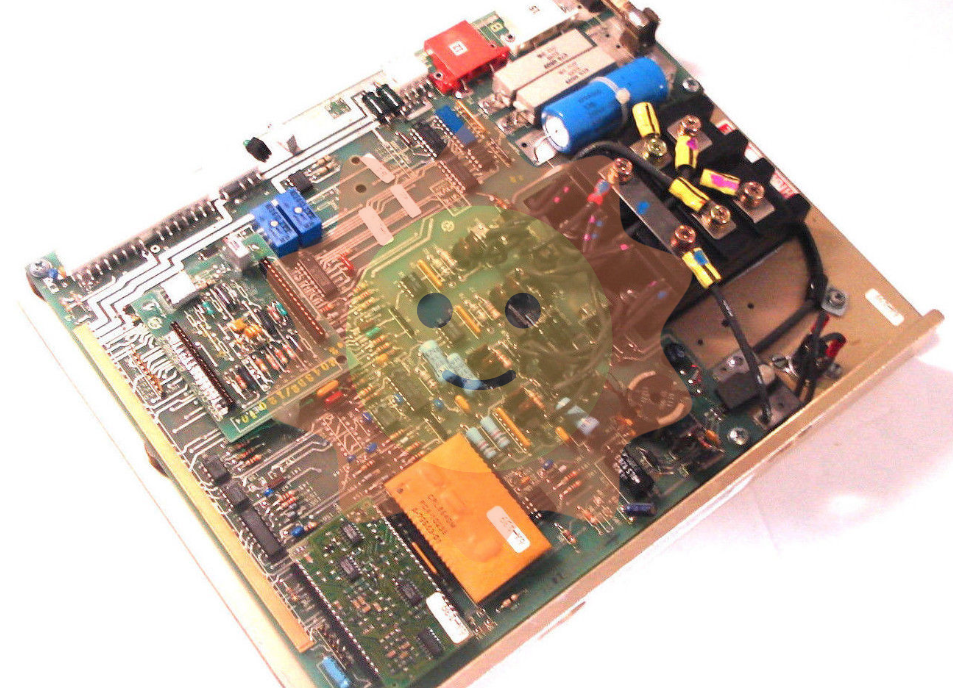A 40-year historical review of the foundation stone of the new Chinese chemical fiber industry
In October 1990, the last year of the "Seventh Five-Year Plan", Yizheng Chemical Fiber Factory, the largest state-owned chemical fiber production base at that time, was fully completed and put into operation. In that year, China's chemical fiber output was 1.45 million tons, entering the forefront of the world.
New China's chemical fiber industry started from zero, with 40 years, for China's today's global leading chemical fiber industry cast a solid cornerstone, is the world's chemical fiber industry history miracle. How did such an achievement come about? Answering that question requires us to revisit this 40-year journey.
I. Review of major events in the construction and development of New China's chemical fiber industry
From 1949 to 1990, the new China's chemical fiber industry started from the restoration of the two man-made fiber factories left over from old China, and it took 15 years to independently establish the man-made fiber industry; Starting from the introduction of equipment, with more than 10 years, the establishment of coal-based Vinylon and chemical fiber machinery industry; Starting from the "2348 project", in 25 years, six state-owned petroleum chemical fiber production bases have been built, casting the cornerstone of new China's chemical fiber industry.
The 40-year history is divided into three major periods:
(1) The period of the creation of artificial fiber industry (1949-1965)
(1) The first state-owned chemical fiber enterprise in New China resumed production. Andong man-made Fiber Factory (Dandong Chemical Fiber Factory) was built in 1939 by the Japanese occupying the Northeast. During the liberation of Northeast China, the factory was severely damaged due to the war and could no longer produce. In 1948, the Northeast Textile Administration Bureau took over the factory and organized forces to resume production, and New China had the first state-owned chemical fiber enterprise. The outbreak of the Korean War in 1950 delayed its resumption. In the summer of 1956, the factory began to resume production again, and it was officially put into operation in just over a year.

(2) The first public-private joint chemical fiber enterprise began production. Shanghai Anle artificial Silk Factory was founded in 1937 by national capitalist Deng Zhonghe who bought second-hand equipment from France. The French merchants did not deliver key equipment due to the war, so the factory never produced before liberation. In 1950, the Ministry of Textile Industry funded a public-private joint venture with the factory and organized the resumption of production. In 1951, the factory spun the first bunch of rayon silk in New China, and exhibited at the Shanghai local production Exchange Conference. The Shanghai municipal health department refused to allow the plant to be produced in the urban area because of the environmental pollution caused by volatile gases, so construction was suspended in 1953. In 1956, the Shanghai health department agreed to resume production after the technical transformation, and the factory was officially put into operation on May 1, 1958.
The resumption of production of Dandong chemical fiber Factory and Shanghai Anle synthetic Silk Factory is the starting point of new China's chemical fiber industry.
(3) In September 1954, The State Council issued the "Order on the Planned Purchase and Supply of Cotton Cloth", and the state began to issue cloth tickets to the urban population at the standard of 16-20 feet per person per year.
(4) The Ministry of Textile Industry set up a chemical fiber industry preparatory group. At the beginning of the founding of the People's Republic of China, the Ministry of Chemical Industry was responsible for the construction of chemical fiber industry. However, chemical fiber ranks last among the 13 chemical industries, and its development is slower. In 1953, the Ministry of Textile Industry reported to the central government the idea of leading the development of chemical fiber industry, and in the autumn of 1954, the "Chemical fiber Industry preparatory Group of the Ministry of Textile Industry" was established. The preparatory team led the resumption of production of two man-made silk factories in Dandong and Shanghai and the construction of a number of man-made fiber factories.
(5) In 1954, East China Textile Institute set up the major of chemical fiber Technology. At the beginning of 1954, two professors, Qian Baojun and Fang Bairong, proposed the establishment of the chemical fiber major, and Chen Weizi, vice minister of the Ministry of Textile Industry in charge of education, attached great importance to it, and made every effort to promote the "chemical fiber technology" major of East China Textile Institute of Technology in the summer of that year. Vice Minister Chen Weiji studied printing and dyeing in the United Kingdom in his early years. As early as 1950, he proposed to build Shanghai Anle Rayon Silk Factory into a base for researching chemical fiber technology and training talents.
(6) Put forward the idea of artificial fiber industry development and the construction of Baoding chemical fiber factory. In 1956, the amount of artificial fibers in developed countries has accounted for more than 30% of the amount of textile fibers, and the proportion of China is very small. The Ministry of Textile Industry plans to introduce four large chemical fibre plants from the Soviet Union, including one nylon, two viscose staple fibres and one viscose filament, during the period of 2005, to lay the foundation for the development of the man-made fibre industry. But the Soviets weren't keen, so they let me import it from the GDR. In September 1956, China and Germany signed an order contract. In December of the same year, The State Council approved the construction plan of Baoding chemical fiber factory. Baoding Chemical fiber plant began construction in October 1957 and was completed and put into operation in July 1960.

(7) Adjustment and reform of chemical fiber industry management system. The State Council decided that the chemical fiber industry should be assigned to the Ministry of Chemical Industry, and the central enterprises should be decentralized to the localities. In June 1958, the Textile Ministry assigned the Baoding Chemical fiber plant to the Hebei Petrochemical Industry Bureau, and the Dandong Chemical fiber Plant to Liaoning Province. In May 1960, The State Council decided that the synthetic fiber industry and the man-made fiber industry were respectively responsible for the Ministry of Chemical Industry and the Ministry of Textiles, and the Beijing Chemical fiber Experimental Plant was classified as the Ministry of Chemical Industry, and the Dandong Chemical fiber Plant and Baoding chemical fiber Plant were absorbed into the Textile Ministry.
(8) "natural fibers and chemical fibers at the same time" has become the construction policy of the textile raw material industry, and the man-made fiber industry has been vigorously developed. In July 1960, the Textile Department decided to independently develop a full set of production equipment and build a number of man-made fiber factories. In September of the same year, the Party Central Committee approved the textile raw material industry construction guideline of "natural fibers and chemical fibers simultaneously" proposed by the textile Ministry, and called for "active development of artificial fibers." The Ministry of Textiles then organized a survey of the country's forestry and agricultural resources for the production of wood pulp; At the same time, the scientific research personnel of the backbone textile machinery factory were organized to digest and absorb the introduction of technical equipment and develop complete sets of viscose fiber production equipment. In March 1964, according to the requirements of the central government, the Ministry of Textiles, the Ministry of First Machinery, the Ministry of Forestry and the Ministry of Chemical industry set up the artificial fiber Battle headquarters to promote the construction of the artificial fiber industry.
(9) In 1961, Beijing Textile Institute, founded in 1959, was renamed "Beijing Chemical Fiber Institute"; Since 1964, Chen Weiji, Vice minister of the Textile Department, has served as president.
(10) In December 1963, the Textile Ministry established the "Chemical Fiber Industry Administration".
(11) The first batch of man-made fiber factories built with domestic equipment were completed and put into operation. In 1960, the Textile Ministry decided to develop domestic equipment and build six man-made fiber factories, with Nanjing chemical fiber Factory as the focus of construction. China Textile Industry Design Institute is responsible for the overall design and production equipment development of these factories. In September 1961, the first batch of complete sets of artificial staple fiber production equipment independently developed was put into trial production in the chemical fiber branch of Shanghai First Cotton Textile Factory.
Qian Zhiguang, Minister of the Textile Ministry, was "the main founder of the modern textile industry in New China" and directly led the construction of the early chemical fiber industry. In 1964, before the Nanjing chemical fiber factory was put into operation, the 64-year-old minister Qian stayed in the factory for more than two months. On the night of the full line test, he watched the scene in the workshop, and after the success of the feeding, he praised the staff: You did a good job.
In five years, China has opened up the development road of self-reliant construction of artificial fiber industry. At the end of 1965, China's first batch of independently designed and constructed artificial fiber factories were completed, and the artificial fiber production capacity reached more than 50,000 tons. Since then, in order to develop the automobile industry, in 1965, the Textile Ministry began to build a new Shanghai second chemical fiber factory and Hubei chemical fiber factory and other strong artificial fiber curtain fabric project. Hubei Chemical Fiber Factory has adopted a new generation of domestic complete sets of technical equipment, and the performance of the man-made fiber strong cord produced has reached the international standard at that time, so that the construction level of China's man-made fiber industry has achieved a new leap.
Independent construction of artificial fiber industry, new China's chemical fiber industry construction has taken the first step.

(2) The founding period of the coal-based Vinylon and chemical fiber machinery industry (1962-1975)
Since the conditions for the development of petroleum chemical fiber were not available at that time, the organic synthetic chemical fiber industry in New China started from the construction of coal-based Vinylon industry.
(1) Introduction of Vinylon technology and equipment. In 1961, the Textile Department formed the idea of creating a coal-based Vinylon industry. In December 1962, the central government approved the introduction of 10,000 tons of vinylon and polyvinyl alcohol complete sets of technical equipment from Japan, and the Ministry of Chemical Industry and the Ministry of Textile were responsible for the construction of the Beijing organic chemical plant for the production of polyvinyl alcohol and the Beijing Vinylon plant for the production of fiber. This is the first time for New China to import complete sets of technical equipment from a capitalist country that has never established diplomatic relations. Beijing Vinylon Plant was put into operation in September 1965.
(2) According to the decision of the central Government, on July 10, 1970, the former Ministry of Textile Industry, the first Ministry of Light Industry and the second Ministry of Light Industry were merged into the Ministry of Light Industry, with Qian Zhiguang as the minister.
(3) Establish the first chemical fiber machinery factory. In November 1968, China's first chemical fiber machinery factory - state-owned Shaoyang second textile machinery Factory began construction. Thus, textile machinery industry and chemical fiber industry jointly opened up the new China's chemical fiber machinery industry.
(4) The use of self-developed production equipment to build nine Vinylon plants. In 1971, the state decided to focus on the development of synthetic fiber industry, in Fujian, Jiangxi and Anhui provinces to build 8 10,000-ton class, in Shijiazhuang to build a 5,000-ton class of 9 plants, that year began construction. Jiangxi Vinylon Plant was put into operation in 1974, Fujian Vinylon plant and Shijiazhuang Vinylon plant were put into operation in 1975; The production of the three plants is normal, and the product quality is stable, indicating that the complete sets of domestic Vinylon production equipment are basically passed.
(3) The founding period of the petroleum chemical fiber industry (1965-1990)
(1) The first introduction of petroleum chemical fiber technology equipment. In April 1965, the state approved the introduction of a production plant with an annual output of 8,000 tons of acrylic fiber and 3,386 tons of polypropylene fiber each from the United Kingdom, which was put into production in 1969 and 1970, respectively.
(2) Independently establish the first large-scale state-owned petroleum chemical fiber production base - "2348 project". The project is in the mountains of northern Hunan, the construction of a set of crude oil refining, chemical fiber manufacturing and fabric weaving as one of the three-line factory, to ensure that the People's Liberation Army "a red star on the head, the revolutionary red flag hanging on both sides" of the new Type 65 uniform cloth supply. The project began planning in 1965, started in April 1969, and was completed and put into operation in May 1971. In September 1969, with the approval of the Central Government, the "2348th Engineering Headquarters of the General Logistics Department of the Chinese People's Liberation Army" was established. The project can refine 2.5 million tons of crude oil per year, produce 150,000 tons of more than 20 kinds of chemical raw materials, produce 5,000 tons of polyester, 5,000 tons of nylon, 10,000 tons of acrylic fiber, and weave 40 million meters of military clothing cloth, which can make two sets of military uniforms per person.

(3) The introduction of complete sets of technical equipment to build four large petroleum chemical fiber production bases - "four chemical fibers". In March 1973, in order to strengthen agriculture, light industry and basic industry, the central government approved the "43rd Plan", which used US $4.3 billion to introduce 26 complete sets of technical equipment projects. The "Four chemical fiber" project is one of the four chemical fiber projects.
Decision background. The total investment of the "four chemical fibers" is 7 billion yuan, equivalent to the sum of the national investment in the textile industry in the 22 years from 1949 to 1972.
This made him quickly realize how much the public loved the "Dacron" clothing. On the way to the South in July and August 1971, a staff member reported that he waited in line for half a day on the weekend to buy a pair of "Dacron" pants. Premier Zhou said, we do not have the technology, can not produce. Premier Zhou said, of course.
Premier Zhou has been planning how to break through the long-term shortage of textile raw materials, difficult to meet the needs of the people's clothing dilemma. After the founding of the People's Republic of China, textile raw materials relied on cotton for a long time, but grain and cotton competed for land, and cotton was in short supply for a long time. For productive cotton, from 1962 to 1979, The State Council held a national cotton work conference every year, presided over by Premier Zhou personally, to formulate policies and measures to encourage productive cotton. Even so, China's cotton production has been maintained at about 40 million tons for a long time, far from the needs of the textile industry and people's clothing needs. In July and August 1970, at a meeting shortly after the establishment of the Ministry of Light Industry, Premier Zhou clearly put forward: "The national focus on light industry, light industry focus on textile, textile focus on chemical fiber."
Premier Zhou personally worked out the history of the "four three plan" after the founding of the second large-scale technical equipment introduction plan. He instructed that projects that could solve major problems must be introduced. Because of this, as the core project in the "four three plan", the construction of the "four chemical fiber" project has greatly improved the overall level of China's chemical fiber industry, and initially solved the problem of people's dressing.
Organization and leadership. From 1949 to 1972, the state invested a total of 7.325 billion yuan in the textile industry, mainly for the construction of cotton spinning industry. The total investment of 7 billion yuan in the "four chemical fibers" is mainly used in petrochemical plants.
In February 1973, the Ministry of Light Industry set up a complete set of equipment import office known as the "small textile Department", responsible for the "four chemical fiber" project of foreign negotiations, planning, infrastructure and production preparation, Vice Minister Jiao Shanmin served as director. From 1958 to 1964, Vice Minister Jiao served as the secretary in charge of industry in the Secretariat of the Gansu Provincial Party Committee, during which he was familiar with Comrade Lin Hua, the pioneer of China's petrochemical industry, who was the deputy manager and chief engineer of Lanzhou Chemical Industry Company. Lin Hua proposed in 1961 that technology and equipment should be introduced to transform coal and grain chemical industry into petroleum chemical industry as soon as possible. In 1962, Premier Zhou listened to Lin Hua's report and approved the introduction of 12 sets of petrochemical chemical fiber equipment; The acrylic fiber plant with an annual capacity of 8,000 tons is one of them; As a result, Lanhua has become the first petrochemical base in China. Jiao transferred Lin Hua as deputy director of the Import Office at the beginning of 1974 and took over as director in 1975 to focus on the construction of "four chemical fibers". Lin Hua also brought 10 Lanhua technicians to provide important technical guarantees for the construction of the "four chemical fibers" with petrochemical equipment as the main body.

Lin Hua graduated from the Department of Chemistry of Shanghai Guanghua University in 1936, and joined the revolution in 1940. He was once a teacher of Yan 'an Academy of Natural Sciences and an engineer of Yan 'an Ceramic Glass Factory. Due to his outstanding work, he was honored as "A Class A Labor Hero" in the Shaanxi-Gansu-Ningxia Border Region in 1944. In 1981, he was appointed deputy Director of the State Planning Commission in charge of raw material industry. He was elected the first academician of the Chinese Academy of Engineering in 1994.
Project construction. The construction objectives of the "four chemical fibers" are as follows: (1) Shanghai Petrochemical Complex adopts the process route of crude oil as raw material and ethylene synthesis as the center, introduces Japanese technology and equipment, and builds a petrochemical chemical fiber integrated enterprise producing polyester, acrylic fiber, vinylon and high-pressure polyethylene resin; (2) Liaoyang Petroleum Chemical Fiber Plant adopts the process route of naphtha as raw material and aromatic extraction as the center, and introduces technical equipment from France, Germany, Italy, Japan and other countries to build large-scale factories producing polyamide, polyester and raw material resin; (3) Sichuan Vinylon plant adopts natural gas as raw material, acetylene, vinyl acetate and polyvinyl alcohol preparation as the center of the process route, the introduction of French and Japanese technical equipment, the construction of the production of Vinylon and raw material resin large-scale factory; ④ Tianjin Petrochemical Fiber Plant adopts the process route of naphtha as raw material and p-xylene preparation as the center, introduces technical equipment from Japan and Germany, and builds a large factory producing polyester chips and polyester staple fibers.
Shanghai Petrochemical Complex, also known as "Jinshan Project", began construction in early 1974. By the first half of 1975, the civil works of six production plants were basically completed; All technical equipment is in the installation or test state; The supporting 10,000-ton dock, Huangpu River Bridge, 43 kilometers of special railway lines, 25 kilometers of oil pipelines and other public facilities have been basically completed, and the living area is at the peak of construction. In June 1975, after a second inspection and a high degree of affirmation, he asked The State Council to do two things: first, to introduce the Jinshan experience, and second, to find out what problems still need to be solved. In August 1975, The State Council held an on-site meeting at the Jinshan construction site. Vice Premier Gu Mu chaired the meeting and asked all infrastructure projects in the country to learn from the Jinshan experience. The Jinshan Conference greatly promoted the progress of the construction of the "four chemical fibers". In July 1977, Jinshan Project opened up all the production processes of ethylene, propylene and polyester, and produced qualified products. After a year of trial operation, it passed the national acceptance and put into operation in December 1978.
Sichuan Vinylon plant started in August 1973, more than 30,000 people participated in the construction; In June 1980, the equipment was introduced to complete commissioning, and qualified products were produced. In May 1983, the equipment passed the national acceptance and was put into production.
Liaoyang Petrochemical Chemical Fiber Plant is the largest and most installed project among the "four major chemical fibers", with 65,000 people participating in the construction. In August 1974 and March 1975, the domestic supporting project and the introduction of equipment project began successively; In October 1979, the first set of imported equipment was put into trial production, and olefin, aromatics, polyester and nylon devices were subsequently put into trial production. In November 1982, it passed the national acceptance and put into production.
Tianjin Petrochemical Fiber Plant started in September 1977, more than 25,000 people participated in the construction; In August 1981, dimethyl terephthalate plant produced polyester staple fiber. In 1983, it passed the national acceptance and put into production.

At this point, the "four chemical fiber" project has come to a successful end.
(4) Overcome difficulties, create a "Yizheng model", and build a large state-owned chemical fiber base (1978-1990). The early establishment of a chemical fiber industry with an annual output of one million tons is the central expectation of the textile industry, and it is also the long-cherished wish of the first generation of textile industry leaders.
In early 1978, the Ministry of Light Industry was divided into the Ministry of Textile Industry and the Ministry of Light Industry, and Qian Zhiguang was the minister of Textile Department. Minister Qian envisioned that after the completion of the "four major chemical fibers", and then as soon as possible to build a 500,000 tons/annual capacity of super large chemical fiber base, chemical fiber industry will have an annual output of one million tons of scale. In mid-1977, the site of this large chemical fiber base was selected in Xupu Commune, Yizheng County, Jiangsu Province. In July 1978, Yizheng Chemical Fiber Plant preparation headquarters was established, and Wang Ruiting, Vice minister of the Textile Department, served as the general commander. In October 1978, the state approved the construction project of Yizheng chemical fiber factory.
In February 1978, the central Government approved: in the next eight years, the foreign exchange of 18 billion US dollars, in three batches to introduce 68-69 large-scale complete sets of technical equipment involving coal, petroleum, chemical and textile industries. In October 1978, the chemical fiber Phase II project of Shanghai Petrochemical Plant, Yizheng Chemical fiber Plant and Pingdingshan Cord plant were included in the introduction plan.
However, during this period, there were major problems in the macro economy. The reason is that after the crushing of the "Gang of Four" in October 1976, the economic situation improved after vigorous rectification, but there was a rash mood in the construction. In July 1977, The State Council put forward: "A new leap forward situation in the national economy is emerging." In order to achieve the goal of "leap forward", there has been a large-scale construction situation beyond the possibility and regardless of the cost. In December 1978, the Third Plenary Session of the 11th CPC Central Committee decided that, starting from 1979, the focus of the Party's work would be shifted to modernization. In response to the problem of recklessness, in April 1979, the central government decided to regulate the economy, and the introduction of complete sets of technical equipment signed in 1978 was the focus of regulation. The second phase of the Shanghai Petrochemical Complex and the Pingdingshan Cord Plant were not affected, while the Yizheng Chemical Fiber Plant was listed as a suspended construction project by the central government in November 1980.
Resume construction. During the preparation period, after investigating the petroleum chemical fiber technology of developed countries, the preparation headquarters of Yizheng Chemical fiber Plant signed a contract for the introduction of complete sets of polyester equipment with ZIMMER, Germany, in September 1978, according to the plan of "introducing host and software and domestic supporting". From April 1979 to November 1980, the two sides completed the negotiation and signing of the technical agreement. In March 1981, the first set of imported equipment arrived at Yizheng.
In June 1981, the state approved the delayed construction plan reported by the textile Ministry: reduce the scale, borrow foreign capital, use the equipment that has arrived, supporting domestic equipment, and first build a polyester plant.
In December 1981, with the approval of the state, the Textile Department and CITIC Group established Yizheng Chemical Fiber Industry Joint Company to jointly construct and operate the first branch of Yizheng Chemical Fiber Factory Polyester, Wang Ruiting as chairman and general manager. The first phase of the project began in January 1982 and was completed in December 1987, producing 175,600 tons of polyester staple fiber and polyester chips in that year, exceeding the target of 170,000 tons per year, and the product quality was excellent. Polyester and polyester staple fiber devices reached the international level in the 1970s and 1980s, respectively. The national acceptance opinions of the first phase of the project believe that the construction speed is fast, the quality is good, and the investment is provincial. In 1985, the state approved the second phase of construction. In October 1990, the third Polyester plant was completed and put into operation, marking the completion of the Yizheng project 14 months ahead of the national plan. Yizheng Chemical Fiber Factory annual output of polyester chips and polyester staple fiber 500,000 tons, is the largest state-owned chemical fiber production base at that time.
At this point, the annual output of new China's chemical fiber industry has exceeded the scale of one million tons. In 1983, the state abolished the issuance of tickets, and the millennium problem of people's "very few clothes" was completely solved.
Second, the 40-year historical experience of forming the cornerstone of new China's chemical fiber industry

Looking back over the past 40 years, here are some things to remember:
(1) The needs of people's clothing and national construction are the source of power for the development of chemical fiber industry
In the 1970s, Dacron muslin, commonly known as Dacron, was a beloved and scarce commodity. The article "My first" Dacron "shirt" written by Liu Xinge, a rural doctor, truly describes how people cherished chemical fiber clothing at that time. And that's something that people don't understand today.
The strong demand of people eager to wear "Dacron" clothing opened the prelude to the large-scale construction of new China's chemical fiber industry. The construction of six state-owned petroleum chemical fiber production bases has completely solved the basic contradiction of insufficient textile raw materials in China, and fully met the needs of people's clothing and special applications for chemical fiber.
People's clothing and national development of the function and performance of chemical fiber more diversified demand, giving China's chemical fiber industry more powerful development momentum.
(2) Chinese Communists uphold the will of "governing for the people" and make unremitting efforts to build the chemical fiber industry
Comrade Zeng Shan, the first minister of the textile industry of New China, pointed out in 1949 that the textile industry of New China is "very great and bright" because "politics is everything." Old China was a colonial and semi-colonial society whose politics "helped imperialism", and the textile industry and even all industries in old China could not really develop. New China is no longer under the control of imperialism, "the textile industry is completely in accordance with their own needs to build."
"Very few clothing quilt" has been a thousand years of China's unsolved problem. The root cause is the shortage of textile raw materials. The solution is to develop the chemical fiber industry.
Qian Zhiguang old minister for the development of new China's chemical fiber industry struggled all his life. Qian Zhengying comrade is Qian minister's old comrade-in-arms, old friends, she praised Qian minister is "a real Communist." Qian Zhengying said: "There is a difference between Communists and communists. Anyone who joins the Party can be called a Communist. But only those who truly embody the ideal of Communism in their ideological realm can be called Communists."
It is this that Minister Qian regards the construction of a million tons of chemical fiber industry to completely solve the problem of dressing the Chinese people as his lifelong pursuit. To that end, he did everything he could. One morning in February 1981, the 81-year-old Qian rushed to the National Construction Commission before going to work, and fought for the restoration of Yizheng chemical fiber factory as soon as possible to Comrade Han Guang, who presided over the work. Comrade Han Guang was deeply moved to say: "In order to develop chemical fibers and solve the problem of people's clothing, money always works hard day and night, painstaking."
(3) Brave in innovation, Yizheng chemical fiber builders have set up a monument for the reform of state-owned enterprises
In the 40 years of reform and opening up, the builders of chemical fiber industry have emancipated their minds and dared to break through. They took the lead in getting rid of the shackles of the old mechanism of relying solely on state investment in construction, and pioneered the "Yizheng model" of combining the advantages of planning and market in construction, which became a milestone in the development history of state-owned enterprises.

(4) All the builders dedicated themselves to struggle, pioneering and innovative, selfless dedication
During the construction of the six state-owned chemical fiber production bases, hundreds of thousands of builders from textile, petroleum, chemical and infrastructure engineering and other industries carried forward the spirit of "revolution and hard work, hard to do the revolution", gave up small families, care for everyone, touching stories are countless:
Baoding Chemical fiber Factory is the "hen factory" of chemical fiber industry, which has transported a large number of talents for each new factory. Today, in Chenjiahu Village, Taipingdian Town, Xiangyang, Hubei Province, there are some elderly people over 80 years old living in the original site of the Hubei chemical fiber Factory. They were originally employees of the Baoding Chemical fiber Factory. In 1970, they came here from Baoding with their families to support the construction. The old people are also proud of living in the tent of reed mat, walking the muddy road of gluing rubber shoes down, carrying the equipment into the workshop, and building the factory in four years.
In October 1969, the superior decided to transfer the Beijing Synthetic Fiber Research Institute of the Ministry of Chemical Industry to the "2348 Project" headquarters. At that time, the director Zhang Xilei was the daughter of the revolutionary martyr Zhang Tailei, and she led more than 400 scientific researchers to leave Beijing for the construction site of the Hunan-Hubei border project that month.
In the construction of the Jinshan project, there are many ultra-long, ultra-wide and overweight equipment in the imported device, the heaviest is more than 200 tons, the longest is more than 60 meters, and the largest diameter is more than 7 meters, transporting these behemoths from the Huangpu River pier, and installing them accurately on the already built foundation, relying not on large-scale transportation and lifting equipment, but on the wooden row and the rod built by Shanghai old workers.
The "Yizheng model" of "relying on borrowing to build factories and paying back capital and interest with the benefits after production" has brought huge psychological pressure to the builders: Yizheng phase I investment of 1 billion yuan, the state appropriation of 300 million yuan, borrowing 768 million yuan, and the factory has to pay 320,000 yuan of interest every day. But they know that as long as the factory produces, it can create 1.2 million yuan a day in profits and taxes. Therefore, they converted the goal of "competing for time, rushing for speed, early completion, early production, early benefit, early debt repayment" into action, so that Yizheng Chemical fiber Factory "fast, good, provincial" was built and produced benefits.
The former vice minister of the Ministry of Textiles, academician of the Chinese Academy of Engineering Ji Guobiao, who has just passed away, is a college student trained in New China. After graduating from East China Textile Institute in 1952, he participated in the establishment of chemical fiber factories in Baoding, Nanjing, Lanzhou and Yizheng. During his outstanding performance in Baoding chemical fiber Factory, he was commended as "Advanced worker of industrial transportation and infrastructure system in Hebei Province" in 1959. He spent his whole life contributing to the construction of the chemical fiber industry. In his later years, he also worked hard on the construction of the high-performance fiber industry.
The dedication and sacrifice made by millions of ordinary builders for the 40 years of forming the cornerstone of New China's chemical fiber industry is worth remembering forever.
Iii. Conclusion
"Whoever forgets history will be sick in the soul." The 40-year history that has formed the cornerstone of the new Chinese chemical fiber industry is a history of arduous struggle, a history of hard work and sacrifice, and a history of self-strengthening dedication to faith.
"How far you can see the past, you can see how far the future", looking back on these 40 years, is a washing of the soul, but also a determination to build a more brilliant Chinese chemical fiber industry.
- EMERSON
- Honeywell
- CTI
- Rolls-Royce
- General Electric
- Woodward
- Yaskawa
- xYCOM
- Motorola
- Siemens
- Rockwell
- ABB
- B&R
- HIMA
- Construction site
- electricity
- Automobile market
- PLC
- DCS
- Motor drivers
- VSD
- Implications
- cement
- CO2
- CEM
- methane
- Artificial intelligence
- Titanic
- Solar energy
- Hydrogen fuel cell
- Hydrogen and fuel cells
- Hydrogen and oxygen fuel cells
- tyre
- Chemical fiber
- dynamo
- corpuscle
- Pulp and paper
- printing
- fossil
- FANUC
- Food and beverage
- Life science
- Sewage treatment
- Personal care
- electricity
- boats
- infrastructure
- Automobile industry
- metallurgy
- Nuclear power generation
- Geothermal power generation
- Water and wastewater
- Infrastructure construction
- Mine hazard
- steel
- papermaking
- Natural gas industry
- Infrastructure construction
- Power and energy
- Rubber and plastic
- Renewable energy
- pharmacy
- mining
- Plastic industry
- Schneider
- Kongsberg
- NI
- Wind energy
- International petroleum
- International new energy network
- gas
- WATLOW
- ProSoft
- SEW
- wind
- ADVANCED
- Reliance
- YOKOGAWA
- TRICONEX
- FOXBORO
- METSO
- MAN
- Advantest
- ADVANCED
- ALSTOM
- Control Wave
- AB
- AMAT
- STUDER
- KONGSBERG
- MOTOROLA
- DANAHER MOTION
- Bently
- Galil
- EATON
- MOLEX
- Triconex
- DEIF
- B&W
- ZYGO
- Aerotech
- DANFOSS
- KOLLMORGEN
- Beijer
- Endress+Hauser
- MOOG
- KB
- Moxa
- Rexroth


Email:wang@kongjiangauto.com










